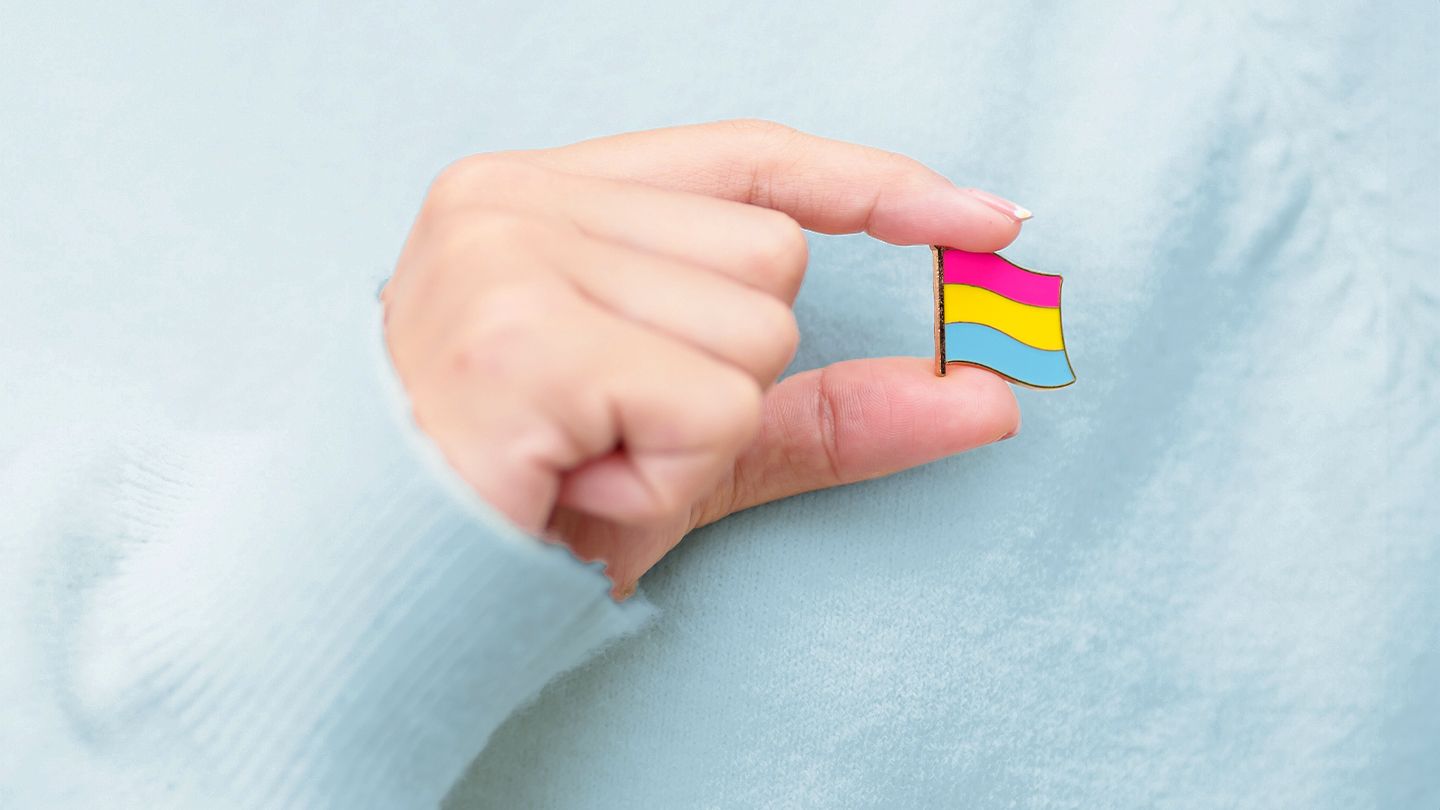Coming out as pansexual poses different challenges than coming out as gay. “Pan folks often deal with double the misunderstanding from straight communities and sometimes even from within LGBTQ+ spaces,” Howard says. “Their identity might be questioned, minimized, or erased altogether.”
It’s common for pan people to be told that they’re “confused,” or that their sexual identity is “just a phase.” “There’s also the emotional labor of constantly having to explain what pansexuality means,” adds Minor. “That ongoing need to justify or defend your identity can feel lonely and draining.”
Dating can pose its own minefields. Potential partners may struggle to understand what it means to be pansexual, and what implications it might have for a relationship, says Suwinyattichaiporn.
“Another challenge is a lack of community,” says Suwinyattichaiporn. “While visibility is increasing, pansexuality remains relatively underrepresented, particularly in smaller towns, so it’s possible that pansexual people may feel quite alienated or isolated.”
Remember that there’s no obligation to come out to anyone — even to family and friends. “Sexuality is personal and it’s no one’s business but your own,” Amodio says. “You do not need anyone’s approval and you do not owe anyone an explanation.”
If you do decide to come out, start with the people you trust most, says Minor. Choose a place that’s quiet, comfortable, and private. Share your journey in discovering your identity. Answer questions honestly if you’re comfortable. And remember that you don’t have to reveal everything at one time, says Minor.
“You can keep it simple: ‘I’m pansexual, which means I’m attracted to people regardless of gender,’” says Howard. “Share a resource or article if they’re open. And if they respond with confusion or judgment, remember, that’s about them, not you.”
Read the full article here




